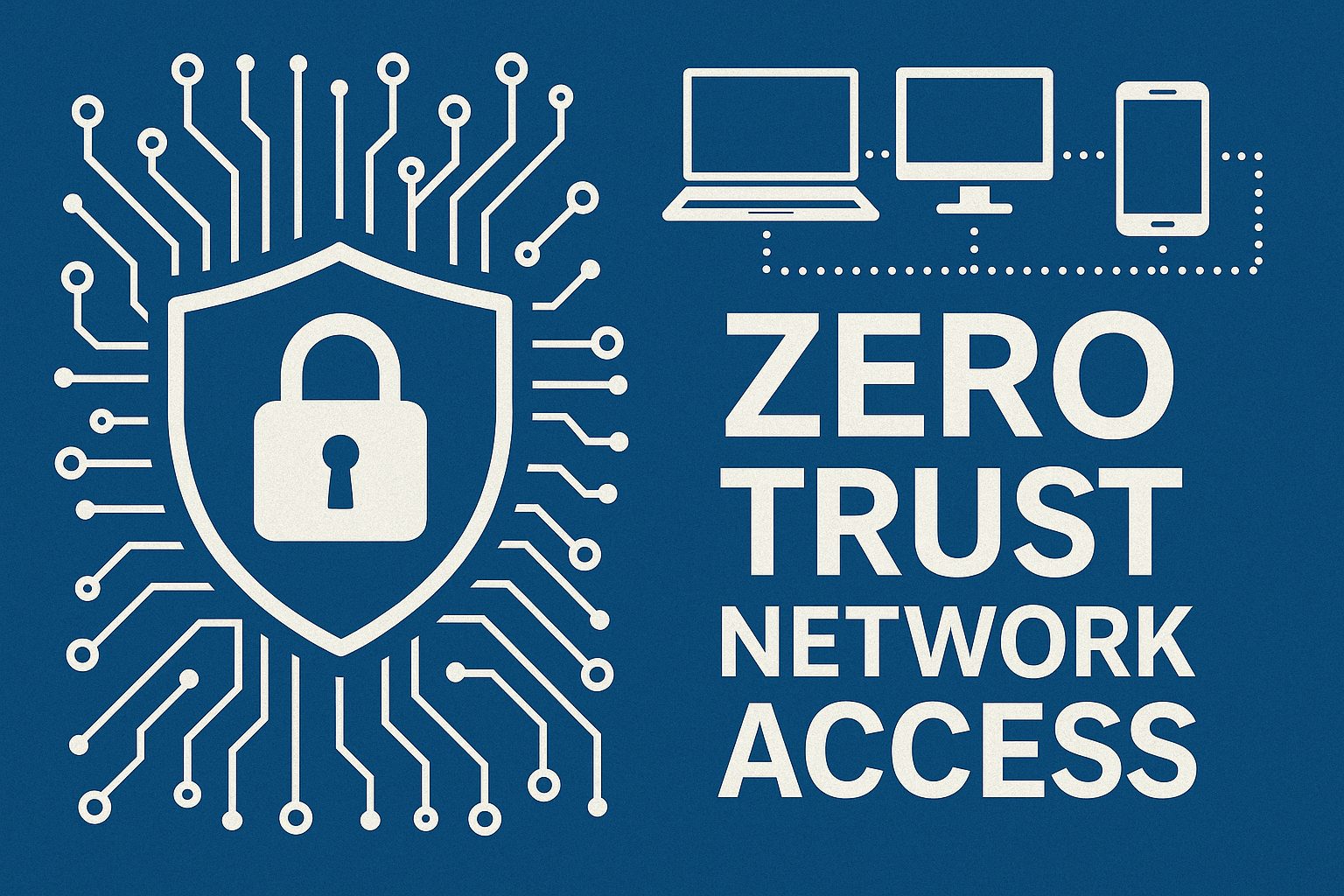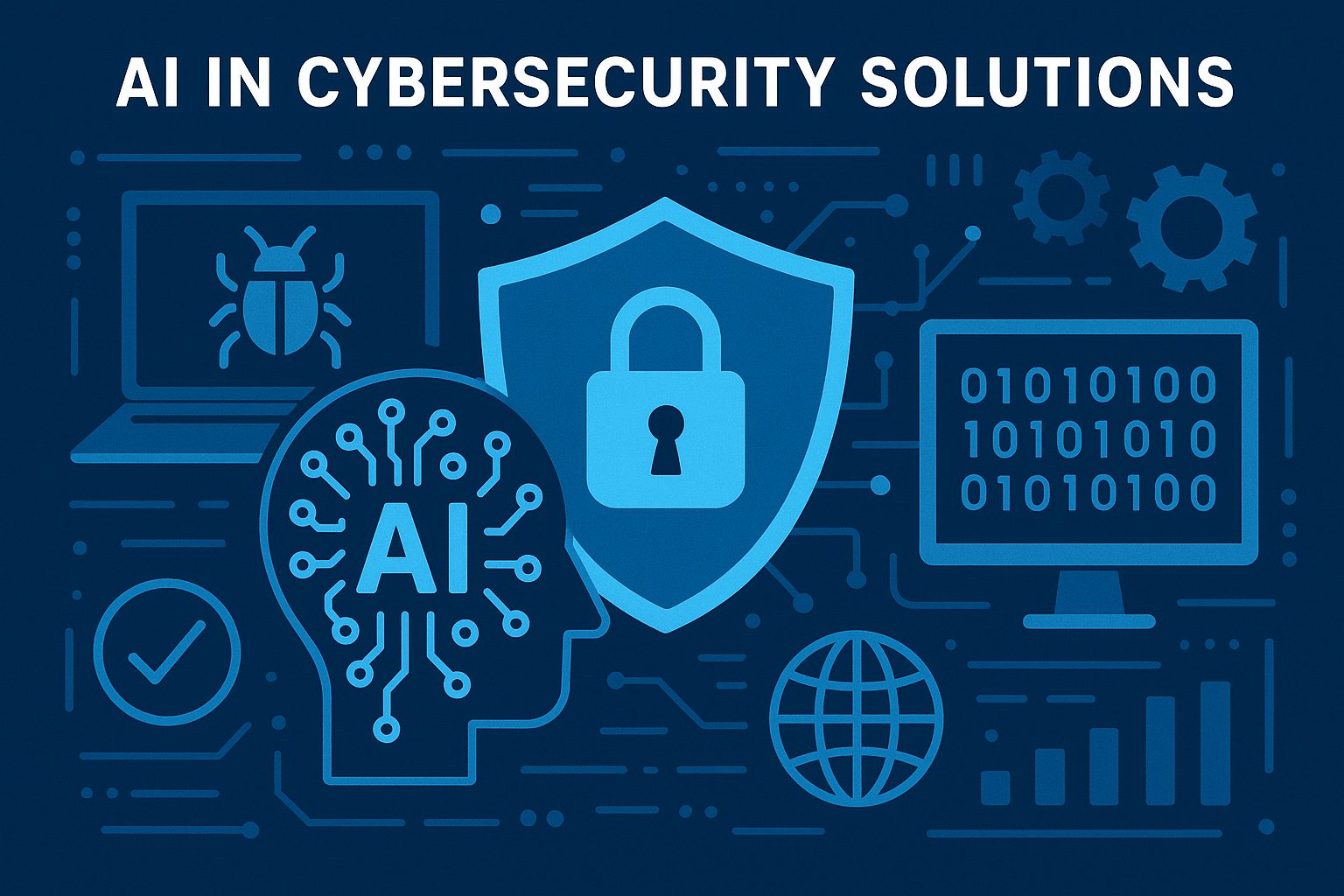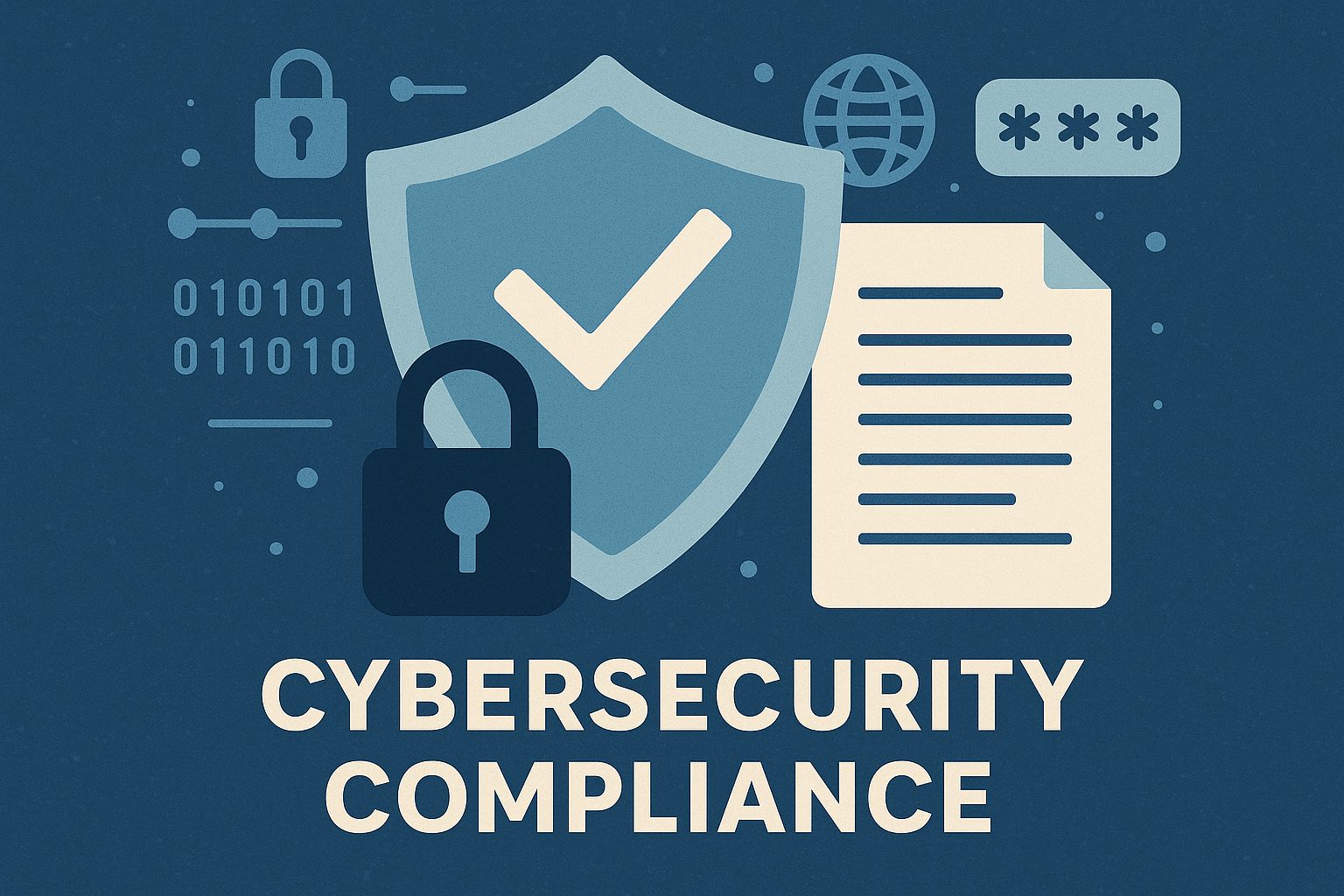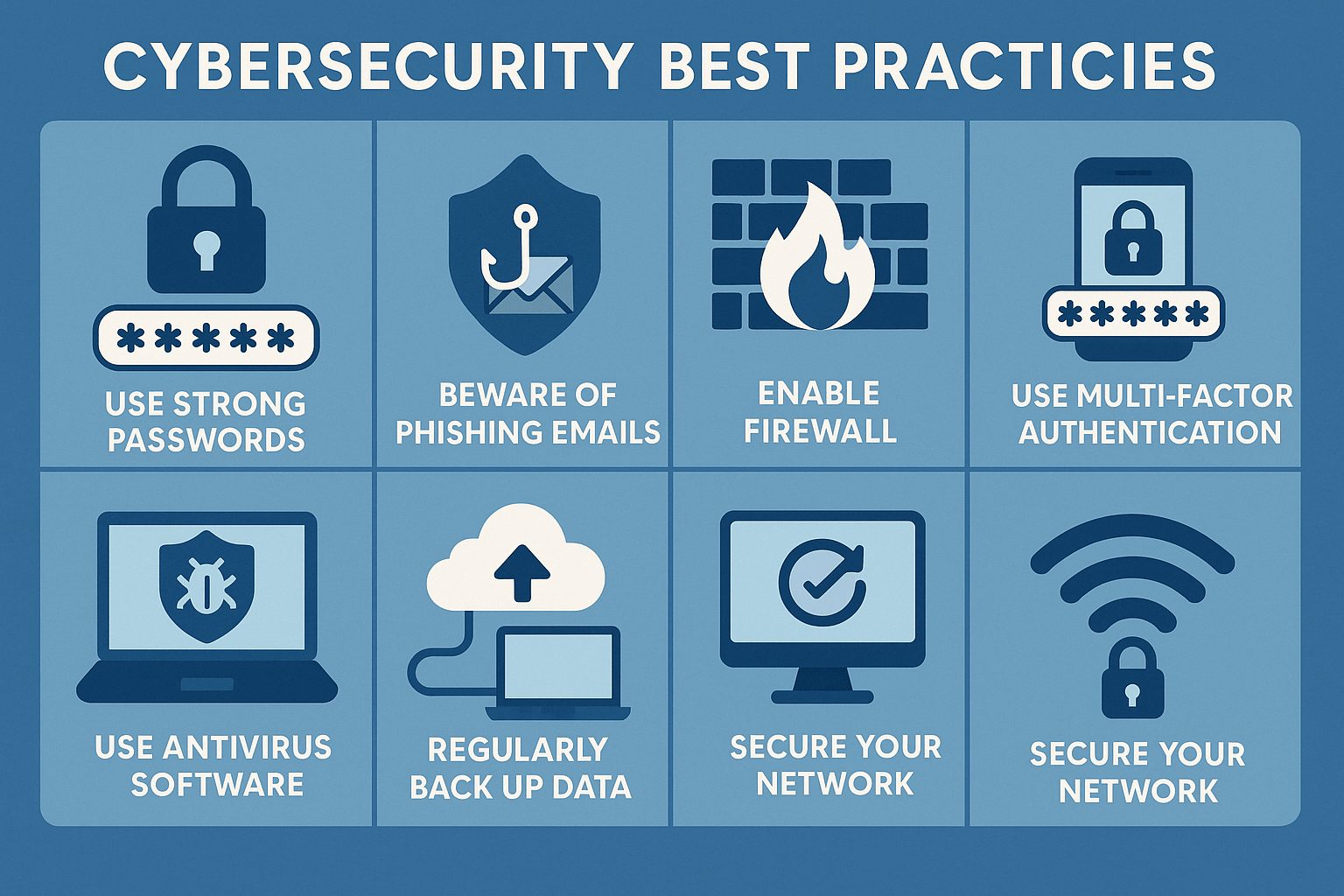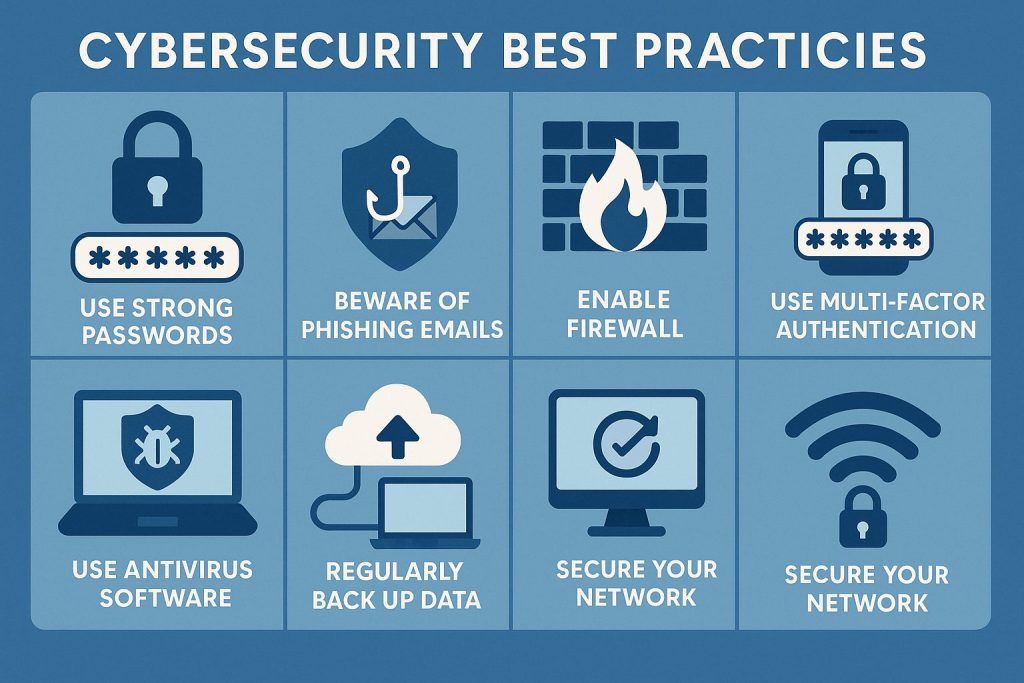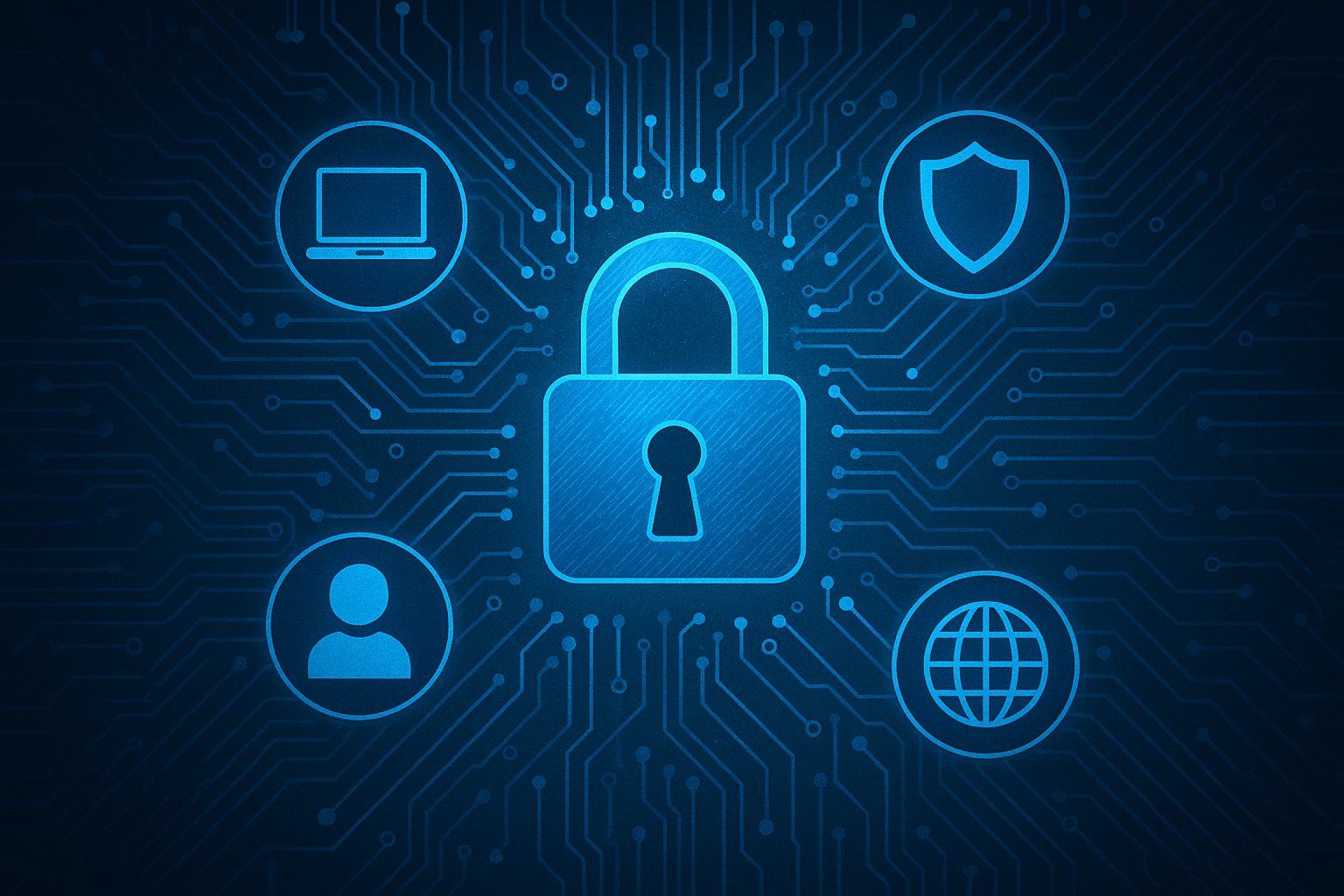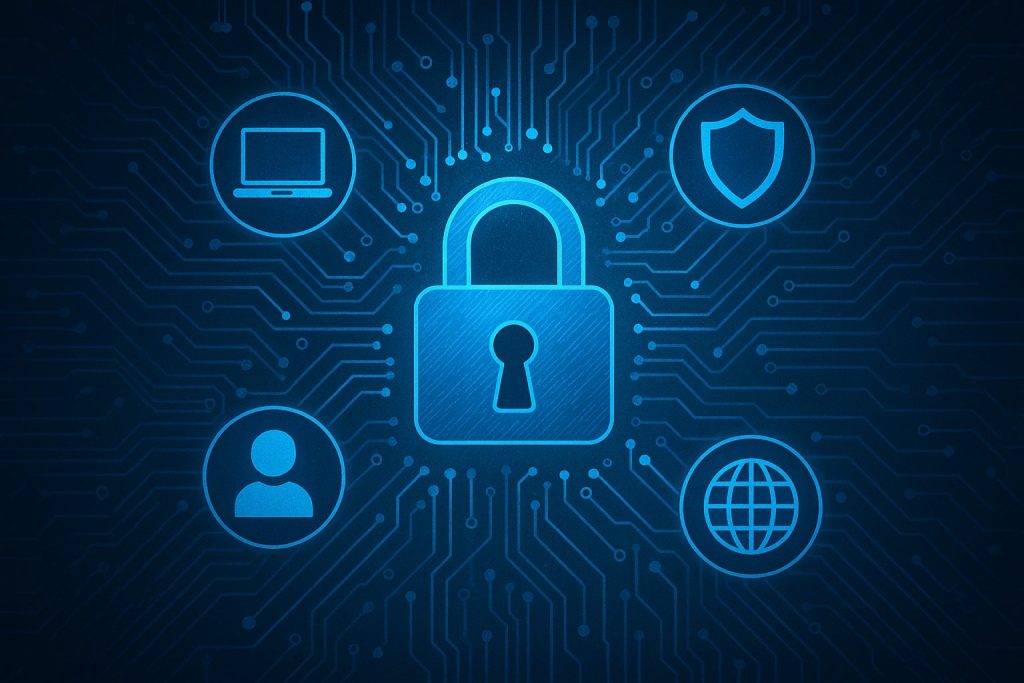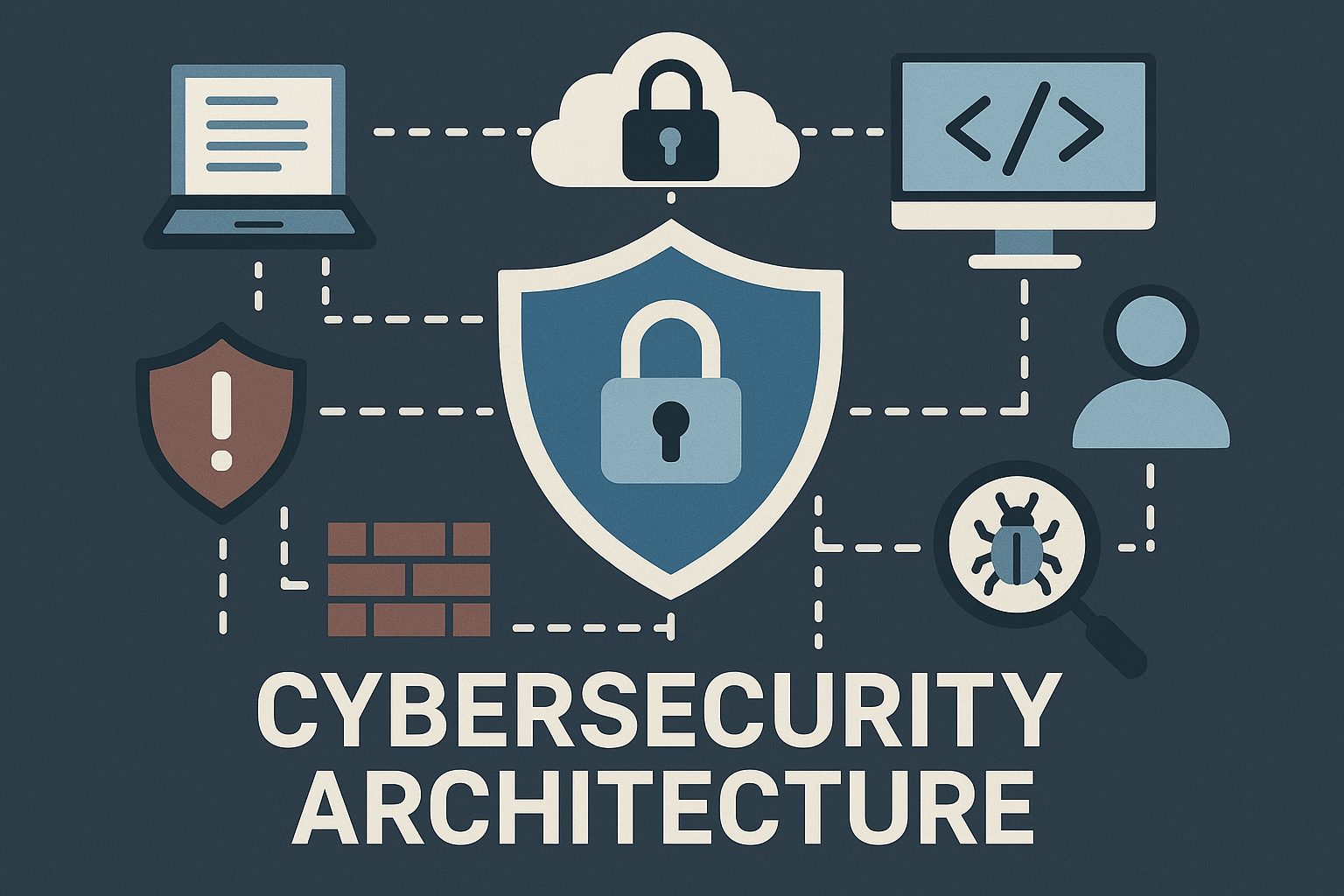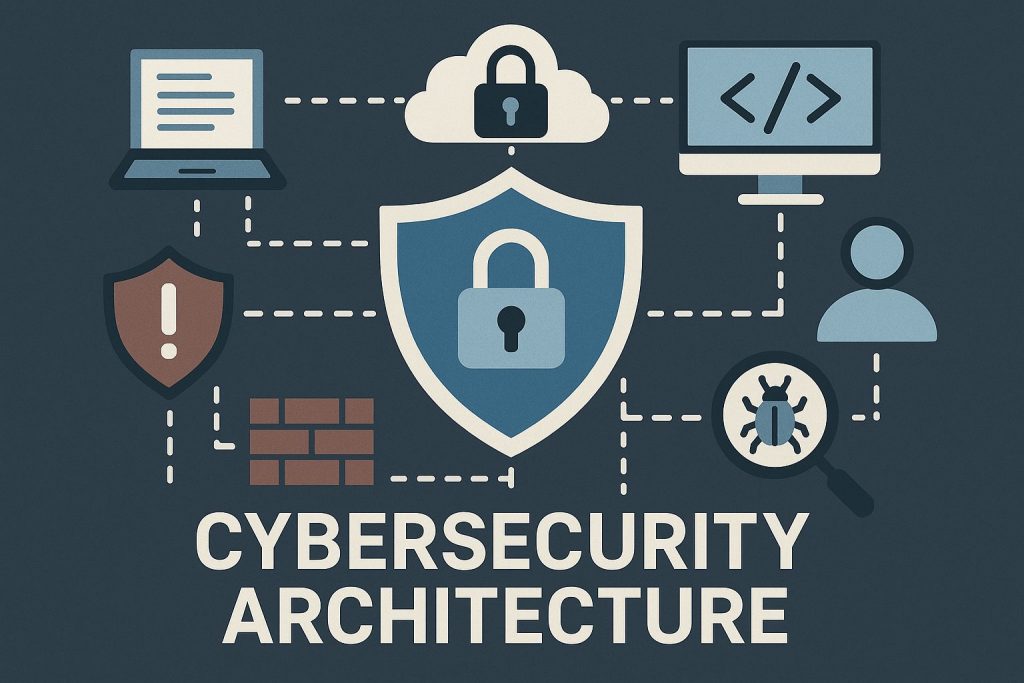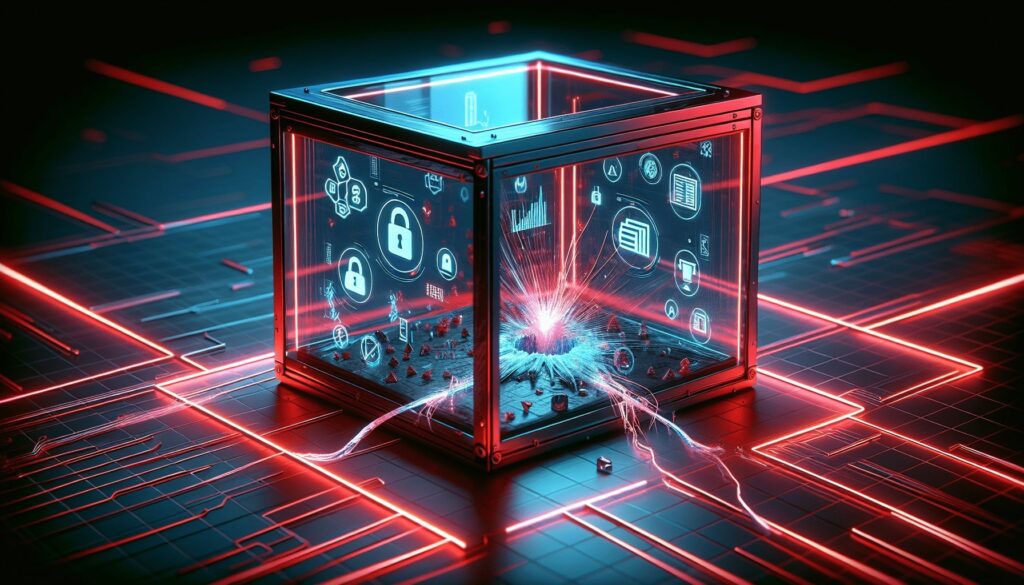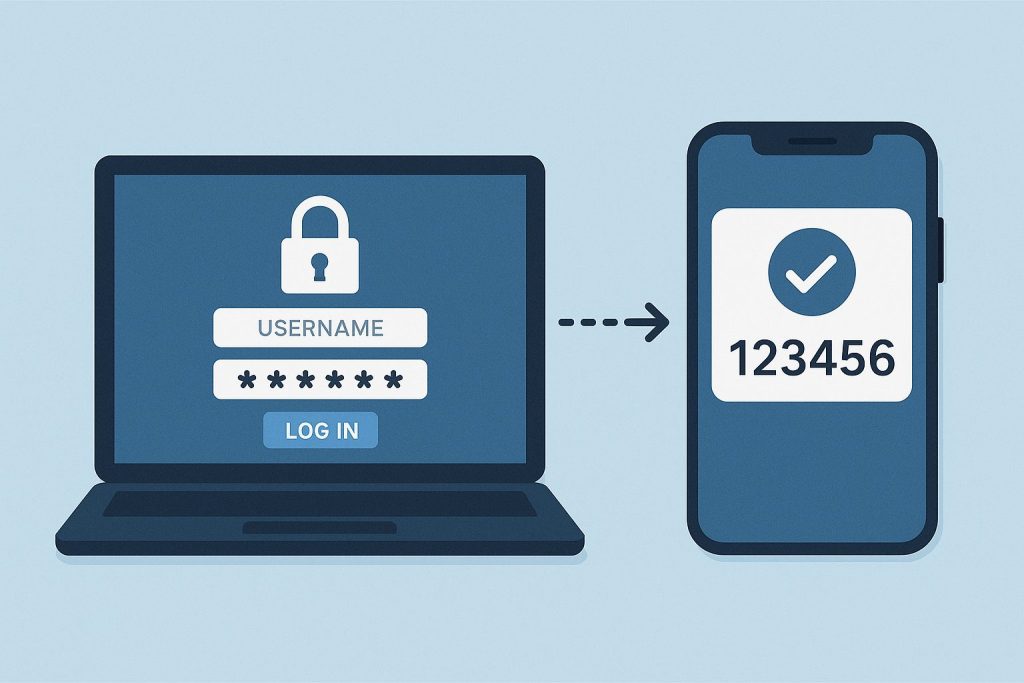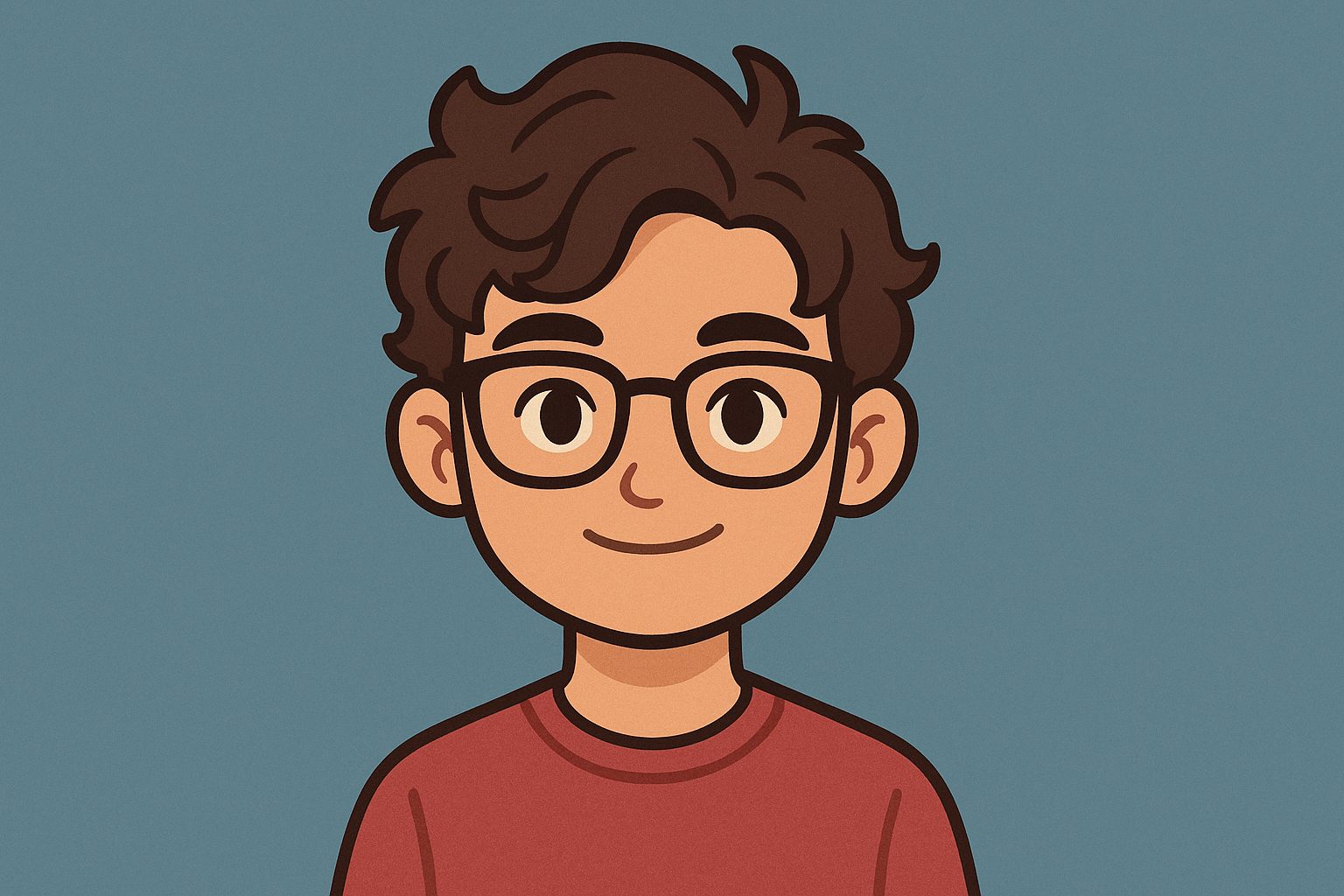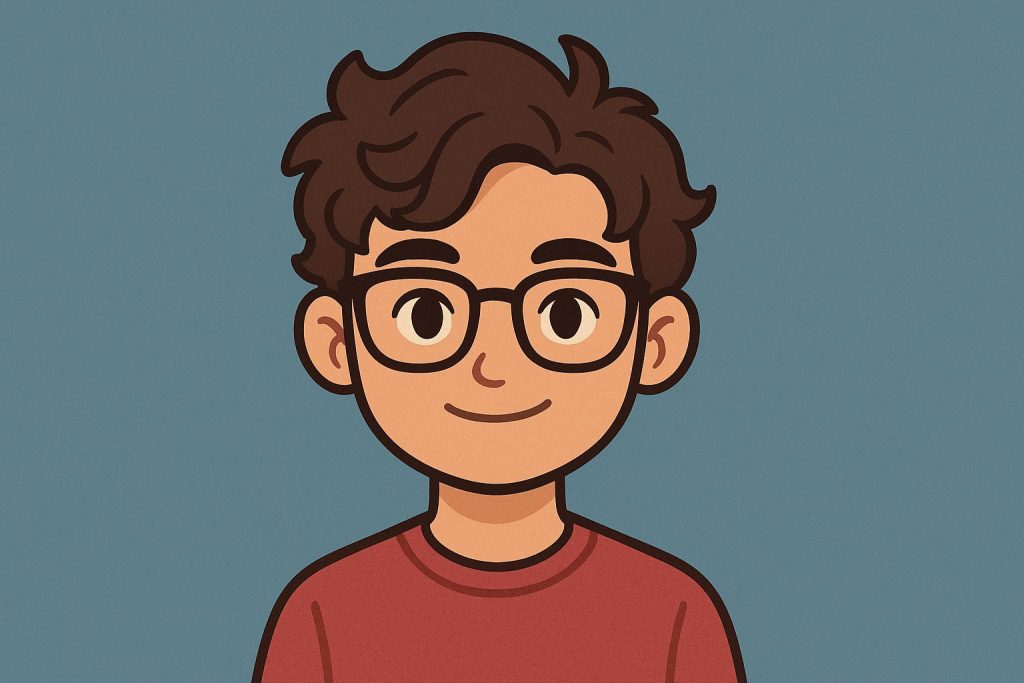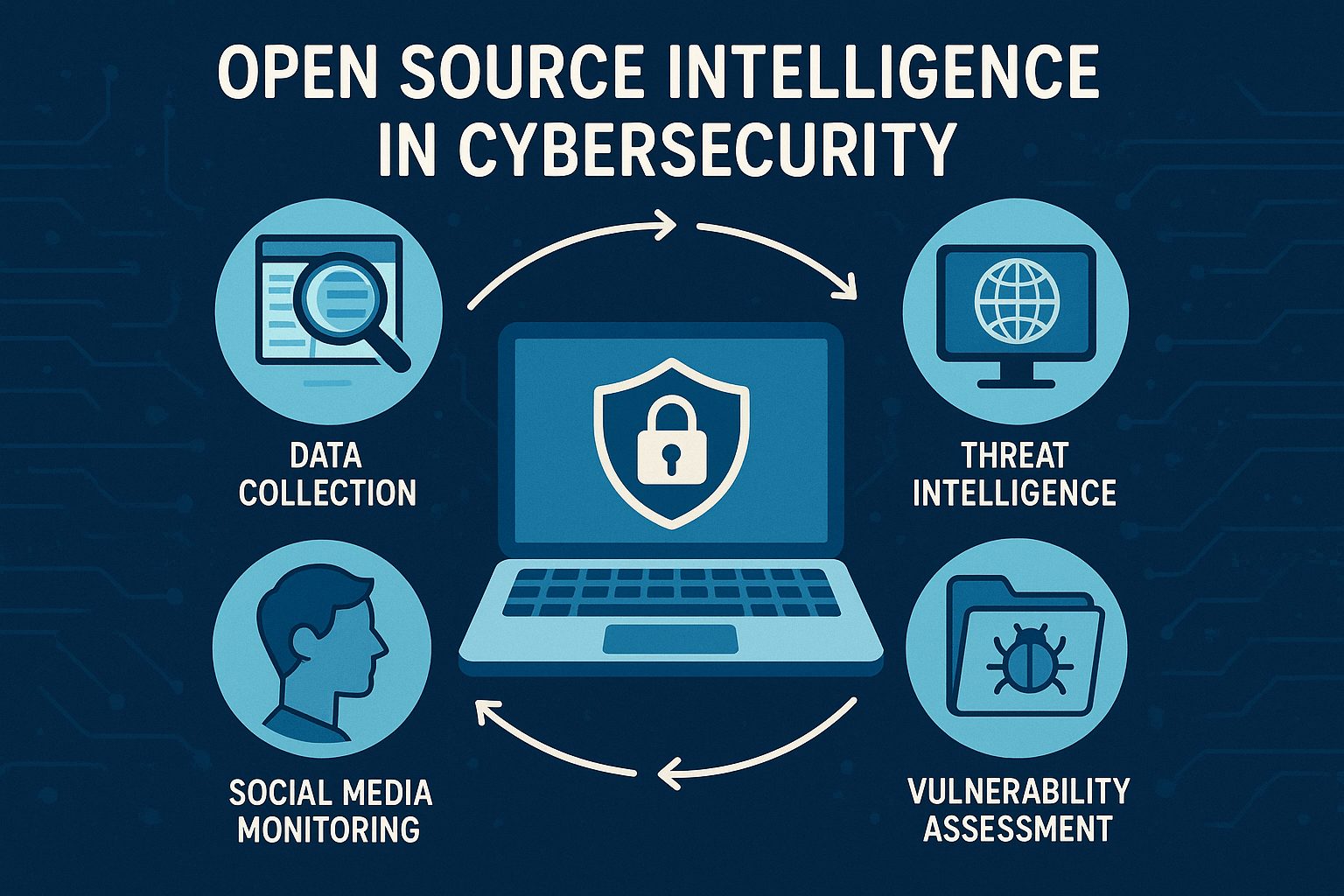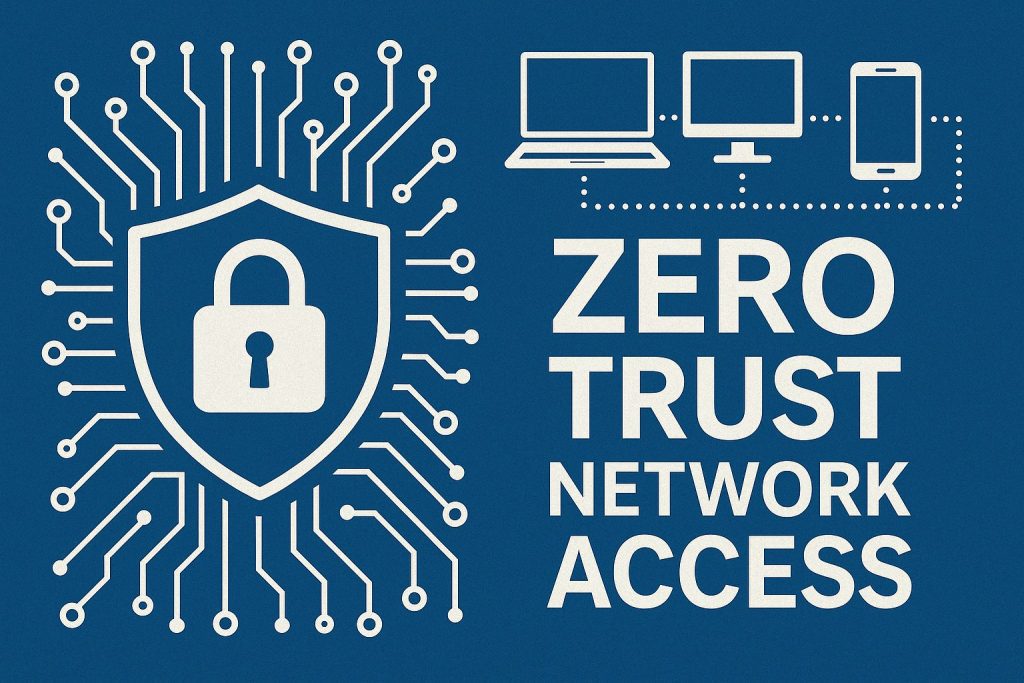
Cybersecurity threats are evolving faster than ever before. Traditional network security models that rely on perimeter defenses are no longer sufficient to protect modern businesses. Zero Trust Network Access, or ZTNA, is becoming a key approach for organizations looking to improve data protection, prevent breaches, and strengthen overall network security. This article explores how Zero Trust Network Access works, its main benefits, how to implement it safely, and what the future holds for this powerful cybersecurity framework.
Understanding the Basics of Zero Trust Network Access
Zero Trust Network Access is a modern cybersecurity model designed to eliminate the concept of trust from digital environments. Instead of assuming that everything within a network can be trusted, ZTNA works on the principle of “never trust, always verify.” Every user, device, and application must be continuously authenticated and authorized before access is granted to any network resource. This model focuses on minimizing risk by strictly enforcing access controls and monitoring all connections.
Traditional network models often operate with a strong perimeter defense, allowing users inside the network to move freely once they gain access. This approach leaves the system vulnerable if attackers manage to breach the perimeter. Zero Trust tackles this issue by segmenting network areas, ensuring that even a compromised account or device cannot access critical systems without proper verification. It essentially creates multiple layers of security checkpoints across all network activity.
ZTNA also adapts well to the needs of remote work and cloud computing. As employees and services increasingly operate outside the corporate network, Zero Trust helps ensure that location does not determine trust. It works in hybrid and multi-cloud environments, offering seamless protection whether users access systems from offices, homes, or mobile devices.
Another key aspect of ZTNA is its use of identity and access management tools to verify real-time user intent and behavior. Combined with technologies such as device compliance checks, micro-segmentation, and continuous monitoring, Zero Trust keeps data secure no matter where it resides or who is trying to access it.
Key Benefits of Using Zero Trust in Cybersecurity
One of the biggest advantages of Zero Trust Network Access is the significant reduction in data breaches. By requiring verification for every connection request, ZTNA makes it difficult for attackers to move laterally within a system. Even if one part of the network is compromised, Zero Trust limits the extent of potential damage, thereby minimizing cybersecurity incidents.
ZTNA also enhances visibility and control over all users and devices connected to the network. Traditional models often fail to track user activity adequately, but Zero Trust solutions provide continuous monitoring and data analytics. This allows security teams to detect anomalies early and respond to threats faster. Visibility is key to ensuring compliance with industry standards and data privacy regulations.
From a cost perspective, implementing Zero Trust can result in long-term savings. While initial deployment may require investment in new tools and training, the prevention of expensive data breaches and downtime offers excellent returns. Reducing insider threats and improving compliance further lowers operational risks and associated costs.
Another benefit is the ability to support secure remote work environments. With cloud-based applications and mobile devices being critical to business operations, Zero Trust ensures that users connect safely, regardless of where they are located. It builds a consistent security posture that aligns with the needs of modern, flexible workplaces.
Steps to Implement Zero Trust Network Access Safely
Implementing Zero Trust Network Access requires careful planning and gradual integration. The first step is to identify sensitive data and critical assets. Once those are clearly mapped, organizations can design access policies that enforce strict verification rules based on each user’s role and responsibilities. This helps ensure that employees only access the information they truly need.
Next, organizations should adopt strong identity and access management (IAM) solutions. Multi-factor authentication (MFA), single sign-on (SSO), and continuous risk assessment tools help verify each access request in real-time. Security teams must ensure these tools are integrated smoothly across both cloud and on-premises environments to maintain a unified security approach.
Micro-segmentation is another key principle in ZTNA implementation. This involves dividing the network into smaller zones so that users or devices can only access specific areas. By reducing lateral movement, even in case of a breach, this practice limits the potential for damage and helps contain threats more effectively.
Finally, continuous monitoring and updating are essential for maintaining a strong Zero Trust posture. Security threats evolve constantly, so ZTNA systems must regularly adapt. Automated alerts, behavior analysis, and periodic security audits help organizations stay proactive rather than reactive. Education for users and IT staff is also important to ensure long-term success.
Future Trends of Zero Trust for Business Protection
Looking ahead, Zero Trust Network Access will continue to evolve alongside advances in AI, automation, and cloud technology. As more businesses shift to hybrid work environments, Zero Trust frameworks will integrate machine learning to automate threat detection and enhance real-time risk assessments. Artificial intelligence can identify unusual behaviors faster than manual methods, making cybersecurity even more efficient.
In the coming years, regulatory frameworks will likely begin to mandate some form of Zero Trust adoption, especially in sectors such as finance, healthcare, and government. This is because ZTNA directly improves compliance with data protection laws by keeping sensitive information secure and tightly controlled. Businesses that adopt Zero Trust early will gain a competitive advantage by demonstrating strong commitment to data security.
We can also expect to see Zero Trust become tightly integrated with Secure Access Service Edge (SASE) models. The combination of ZTNA and SASE can provide a more complete and scalable solution for cloud-based networks. This approach helps unify networking and security functions into one seamless platform, improving visibility and management for businesses of all sizes.
Finally, Zero Trust will play a crucial role in defending against emerging threats like ransomware-as-a-service and AI-driven attacks. As attackers become more sophisticated, a proactive and adaptive security framework like ZTNA ensures that organizations remain resilient, responsive, and secure in an increasingly digital-first world.
Zero Trust Network Access is more than just a cybersecurity trend—it represents a necessary shift in how organizations protect their assets in a borderless digital environment. By verifying every connection, limiting access, and continuously monitoring all activity, ZTNA strengthens network resilience from the inside out. Businesses adopting this model can look forward to improved data security, reduced risks, and greater operational confidence. As technology and threats continue to evolve, Zero Trust will remain the foundation of modern cybersecurity strategies.
